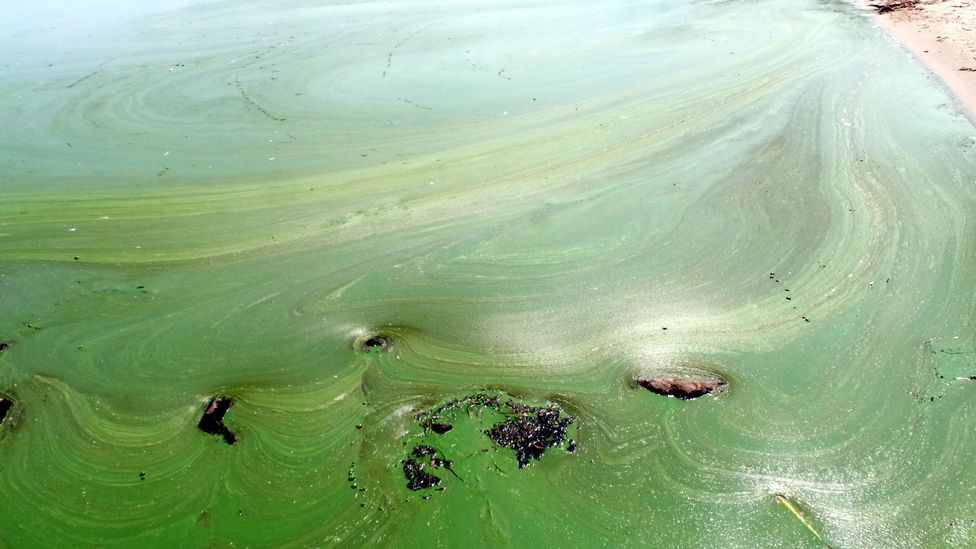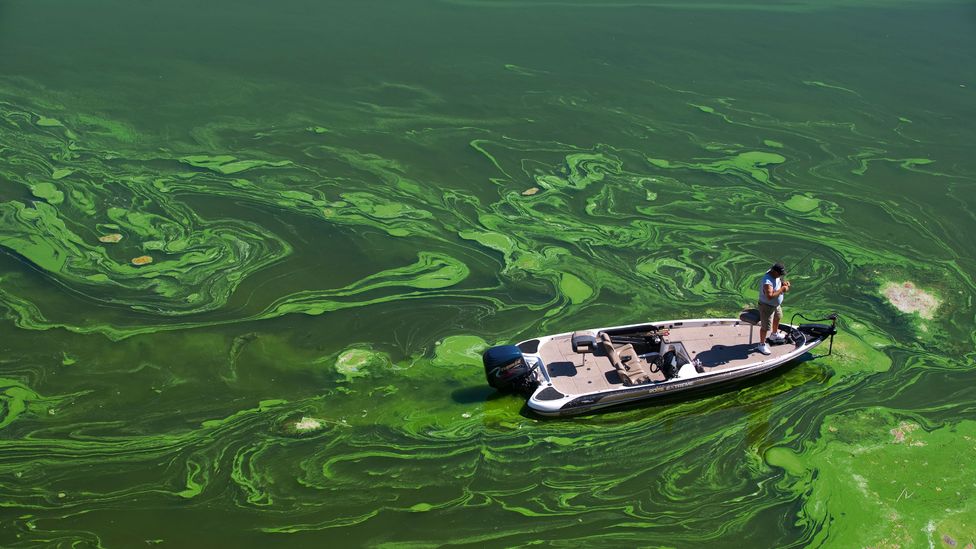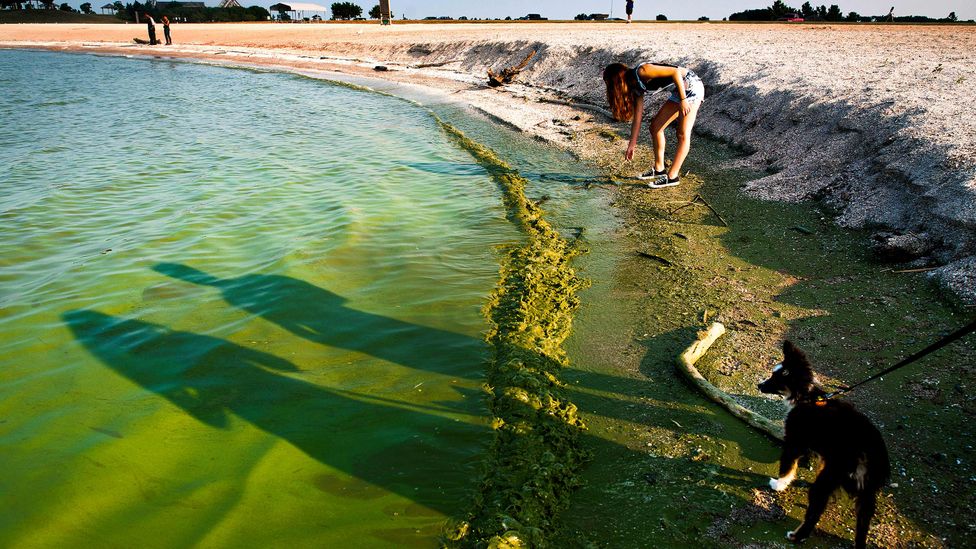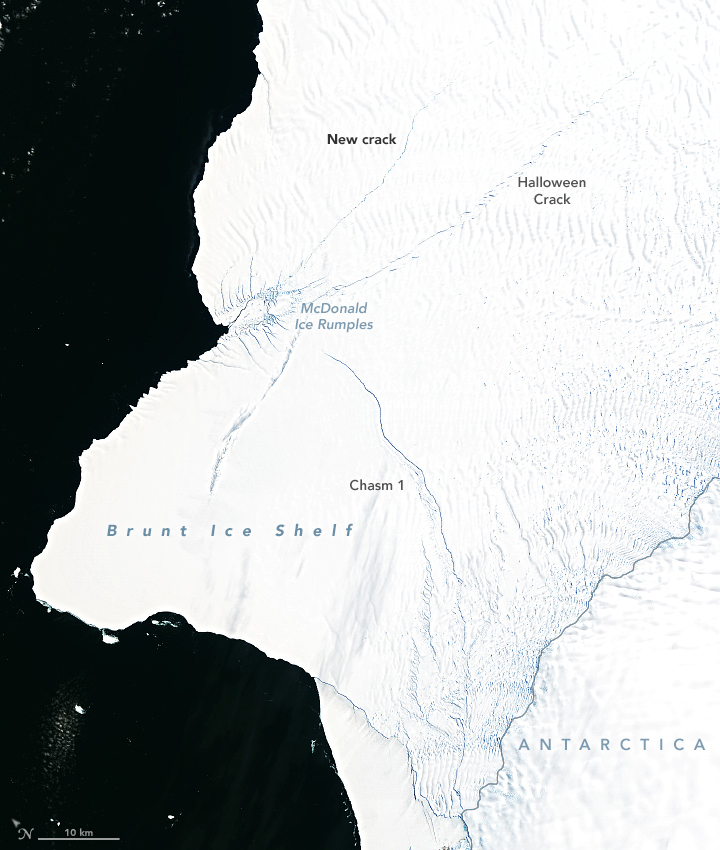From Wired by Aarian Marshall
Since the end of November, this is some of what has sunk to the bottom of the Pacific Ocean: vacuum cleaners; Kate Spade accessories; at least $150,000 of frozen shrimp; and three shipping containers full of children’s clothes.
“If anybody has investments in deep-sea salvage, there's some beautiful product down there,” Richard Westenberger, chief financial officer of the children’s clothing brand Carter’s told a conference recently.
You can blame the weather, a surge in US imports tied to the pandemic, or a phenomenon known as parametric rolling.
All told, at least 2,980 containers have fallen off cargo ships in the Pacific since November, in at least six separate incidents.
That’s more than twice the number of containers lost annually between 2008 and 2019, according to the World Shipping Council.
Shipping companies tend to blame the weather.
The Maersk Essen, which lost 750 containers while sailing from China to Los Angeles in mid-January, “experienced heavy seas during her North Pacific crossing,” Maersk said in a press statement.
(The company didn’t respond to WIRED’s questions.)
The Maersk Eindhoven experienced “heavy weather” in mid-February that contributed to a shipwide blackout in the middle of a storm; it lost 260 containers.
The ONE Apus lost more than 1,800 containers during high winds and large swells in November, in what's expected to prove one of the costliest losses ever.
Photograph: Buddhika Weerasinghe/Bloomberg/Getty Images
The ONE Apus, bound for the port of Long Beach from southern China, lost more than 1,800 containers during what the company called “gale-force winds and large swells” in November.
That’s expected to prove one of the costliest losses ever.
The tough weather has been exacerbated by rising traffic to the US. US container imports grew 30 percent in December, compared with the same month a year earlier, according to IHS Markit.
“It’s a boom in import cargo beyond anything we've seen before,” says Lars Jensen, the CEO of SeaIntelligence Consulting, which advises clients in the container shipping industry.
That’s led to a shortage of containers, particularly empty containers stuck in North America when they’re needed in Asia.
So it’s possible that shippers have pressed older, well-used containers into service, which are more likely to have defective or corroded lashing or locking mechanisms, says Ian Woods, a marine cargo lawyer and a partner with the firm Clyde & Co.
Then you’ve got tired crews, stretched by the extra work so they’re not able to pack and secure the containers as well as they would if well rested.
“It’s a boom in import cargo beyond anything we've seen before.”
Lars Jensen, CEO, SeaIntelligence Consulting
Plus, the ships are packed. “Not only do we have large vessels, bad weather, but we have, in many cases, vessels that are chock-a-block full,” says Jensen, the shipping consultant.
A full container ship can be the length of four football fields, able to carry as many as 24,000 20-foot-long containers stacked five or six high.
These are more likely to experience a phenomenon called parametric rolling, a rare but scary violent motion that can send blocks of containers tumbling to deck—or into the sea.
Data from the space-based analytics company Spire shows the Maersk Eindhoven got caught in bad weather and high waves before losing power—and 260 containers.
Courtesy of Spire
Parametric rolling happens when the time that passes between two adjacent waves suddenly lines up with the natural roll frequency of a ship, something that’s more likely to happen in bad weather.
Adrian Onas, a professor of naval architecture at the Webb Institute, calls this a “heart attack of design”—difficult to detect when it’s beginning, and then devastating.
Onboard, parametric rolling feels like abrupt, terrifying side-to-side movement, which quickly changes from just a few degrees to up to 35 or 40 degrees in each direction.
Parametric rolling is a bigger deal in container ships than other vessels because they’re designed to move goods quickly across the ocean.
As a result, container ships aren’t always that stable, says Onas.
Add six stories of containers to 35-degree rolling motions, and you get extremely fast acceleration at the top of the container stack.
Containers aren’t secured to withstand such forces, Onas says.
So they begin to fall.
In general, parametric rolling is rare.
But a full container ship is more likely to experience the phenomenon, says Onas—which means that right now, the conditions are ripe.
Parametric rolling is like a “heart attack of design.”
Adrian Onas, professor of naval architecture, Webb Institute
Designing a ship to be less susceptible to the rolling, and training crews to interrupt the motion, would cost the industry in time and money; the International Maritime Organization, which is in charge of creating seaworthiness standards, has been considering the issue.
It will likely be months, and maybe even years, before anyone knows exactly what happened to the container ships in the Pacific.
“The investigation process is still underway and will be a long process,” says Michael Hird, the director of the recoveries and cargo casualty department at the marine insurer WK Webster, which is involved in many of the recent cargo loss incidents.
Some cases will likely lead to lawsuits, he says.
He declined to comment further.
In the meantime, engineers will pore over every bit of data about the incidents, with lawyers—for the shipping lines, the insurance companies, and the companies whose goods were lost—looking over their shoulders.
Regulators should be interested, too, says Jensen, the consultant. Might some rules about securing containers to ships need reevaluating?
“You’ll have a lot of people keenly interested in why this is happening,” he says.
What else might a deep-sea diver find?
A maritime trade analyst from Freightwaves, the logistics and supply chain data firm, suggested to a trade publication recently that other companies that suffered losses included Ikea, Williams-Sonoma, Adidas, Puma, and the children’s toy company Hasbro.
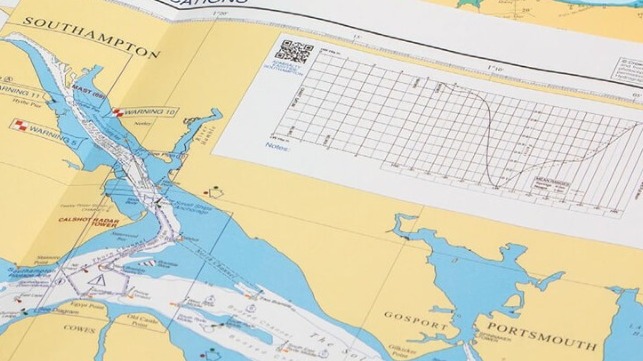 UKHO said in response to feedback it will delay ending production of paper charts (UKHO)
UKHO said in response to feedback it will delay ending production of paper charts (UKHO)
